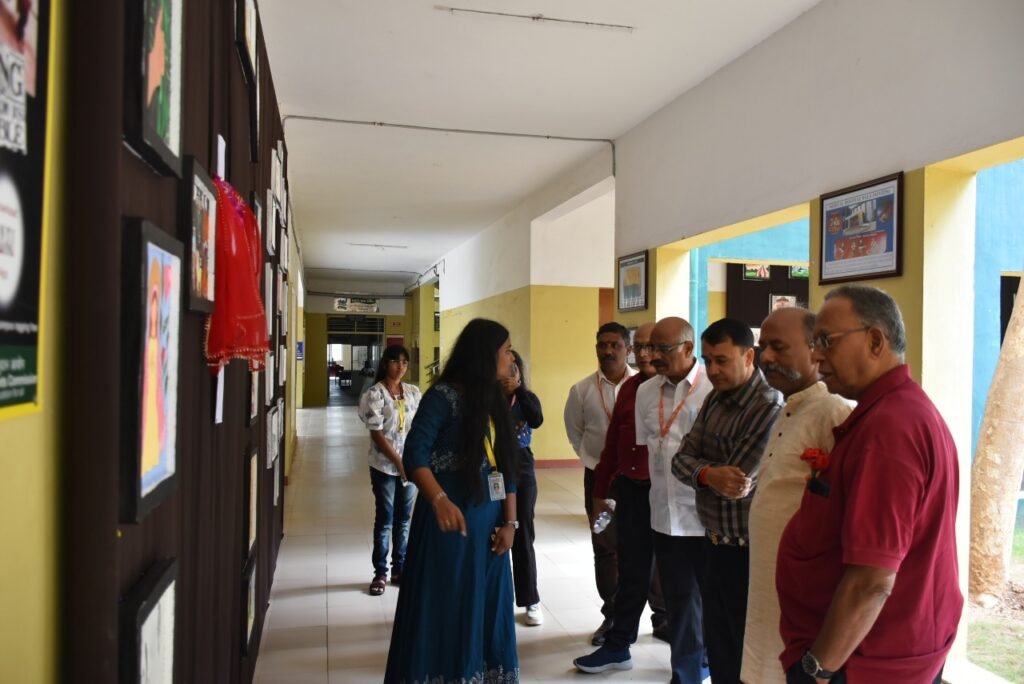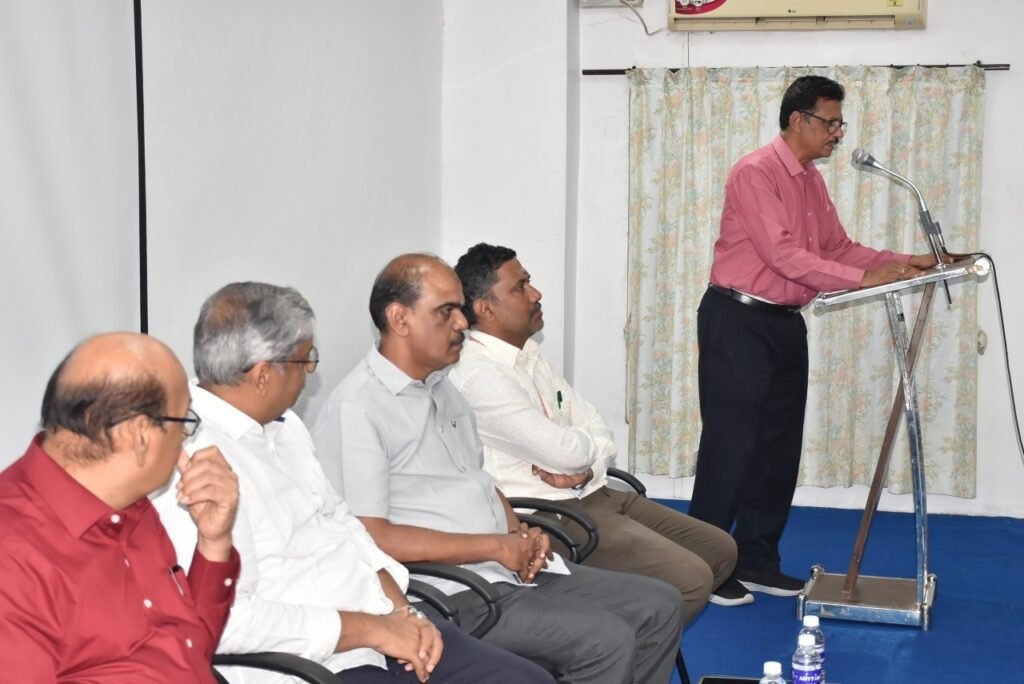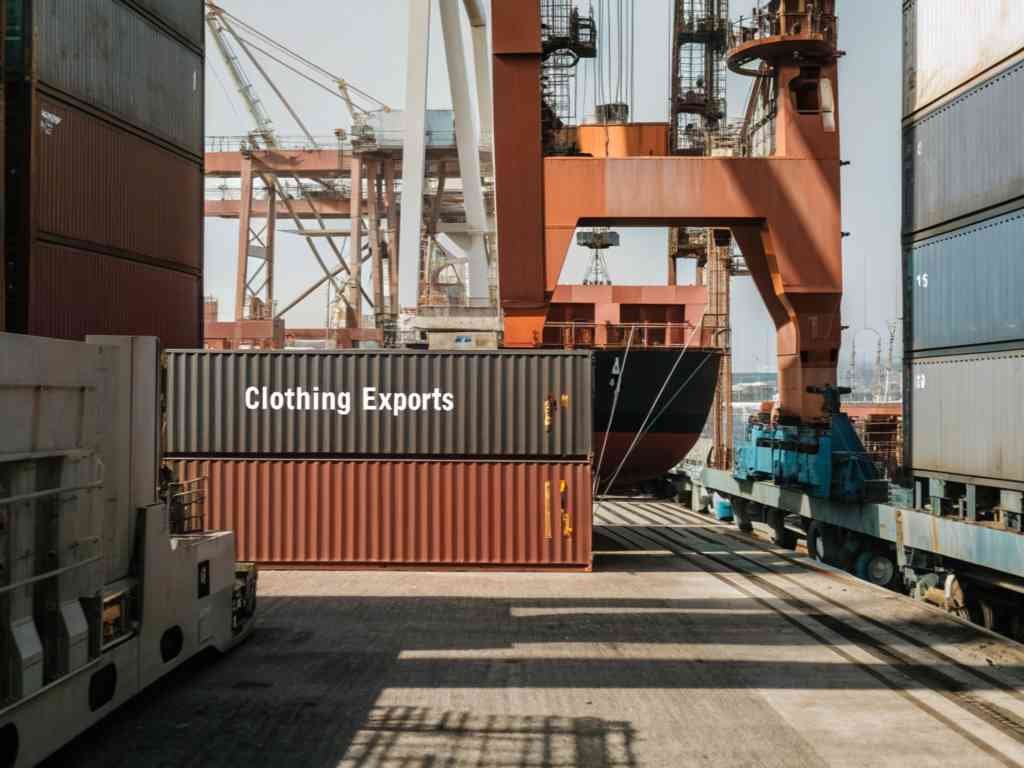
For India’s textile exporters, global demand presents both opportunities and challenges. While overseas markets bring scale, reputation, and higher margins, they also expose businesses to something far less predictable: currency volatility. A slight shift in the rupee can turn a profitable export order into a loss, especially when margins are tight and payment cycles extend over several months.
Managing foreign exchange risks is not just a financial formality. It is a strategic priority for every exporting unit, whether large composite mills or small knitwear manufacturers. Understanding how to hedge currency movements allows textile businesses to quote confidently, maintain stable cash flows, and avoid sudden shocks to working capital.
This article explores practical, approachable ways exporters can minimise forex risk without complicating their operations.
Why Forex Risk Matters for Textile Exporters
Textile exports often operate on long lead times. A business may negotiate a price today, manufacture over the next few weeks, ship the goods thereafter, and receive payment forty-five or ninety days later. During this time, the rupee may strengthen or weaken. If the rupee gains significantly against the dollar or euro, the exporter receives fewer rupees for the same invoice value.
Even a small fluctuation can make a big difference. For example, if a shipment is worth fifty thousand dollars, a one rupee appreciation of the INR can reduce revenue by fifty thousand rupees. With multiple consignments in a month, this becomes a substantial dent.
Managing these risks is crucial not only for safeguarding profits but also for maintaining predictable pricing and long-term relationships with buyers.
Understanding the Main Types of Forex Risks
Before exploring solutions, it helps to know the risks that exporters routinely face.
Transaction risk
The most common risk. It arises from the time gap between agreeing on a price and receiving payment. Currency movements during this period directly impact revenue.
Economic risk
If a currency stays strong for a long period, an exporter may lose competitiveness against manufacturers from countries with weaker currencies.
Translation risk
This applies more to large enterprises with overseas subsidiaries, but even medium-sized textile firms with foreign offices can be affected. It occurs when financial statements need to be converted back to the home currency.
For most textile exporters, transaction risk is the biggest concern, and fortunately, there are very practical ways to manage it.
Forward Contracts: The Most Common Hedging Tool
Forward contracts are among the simplest ways exporters can protect themselves. A forward contract locks in an exchange rate for a future date. This means the exporter knows exactly how many rupees they will receive for a shipment, regardless of market movements.
Banks offer both fixed-date and flexible-date forwards. Flexible forwards allow some movement of the settlement date, which helps exporters dealing with unpredictable payment cycles or shipping delays.
For many small and medium textile exporters, this is the safest and most accessible hedging tool.
Options Contracts: Protection with Flexibility
Currency options are useful for businesses that want protection but also want to benefit if the market moves in their favour. With an option, you pay a premium upfront to secure the right, but not the obligation, to convert currency at a predetermined rate.
For example, a Tiruppur knitwear exporter expecting payment in dollars may buy a put option to protect revenue if the rupee appreciates. If the rupee weakens instead, the exporter can simply ignore the option and convert at the more favourable market rate.
While options require some financial planning, many exporters prefer them for the flexibility they offer.
Natural Hedging: Balancing Payables and Receivables
Some textile businesses naturally hedge currency exposure without financial products. This happens when both exports and imports occur in the same currency.
A spinning mill importing raw cotton in dollars and exporting yarn in dollars can offset one against the other. If the rupee fluctuates, the impact is moderated because the business is both paying and receiving in the same foreign currency.
More exporters are adopting this practice as supply chains become global.
Invoicing in Rupees: Limited but Growing Possibilities

In some markets, especially in neighbouring countries and regions where India has trade agreements, it is possible to invoice in Indian rupees. When buyers accept INR invoices, the currency risk is eliminated for the exporter.
Although this is not common in the US or EU markets, it is increasingly seen in parts of South Asia, Central Asia, and Africa. Exporters with long-standing buyers may negotiate this arrangement for stable, recurring orders.
Staggered Booking: Managing Risk in Phases
Instead of hedging the entire amount at once, exporters may book forward contracts in several smaller segments. This method spreads the risk and avoids the pressure of timing the market.
For example, an exporter expecting one hundred thousand dollars may hedge thirty per cent immediately, another thirty per cent in a month, and the remaining amount closer to the delivery date. This approach is especially useful in volatile currency periods.
Building an Internal Forex Policy
Large textile manufacturers usually have a documented forex management policy. But even medium-sized exporters benefit from setting simple internal rules. A basic framework may include:
• deciding when to hedge,
• determining what percentage of exposure to hedge,
• defining which hedging tools to use, and
• appointing one person to track currency movements and bank announcements.
This helps avoid emotional decision-making and prevents last-minute panic when markets shift abruptly.
Working with the Right Banking Partners
Banks play a crucial role in forex risk management. A bank familiar with the textile sector can suggest customised hedging products, competitive rates, and timely market updates. Exporters should maintain relationships with more than one bank to compare pricing and flexibility.
Many banks also offer training sessions and market outlook reports tailored for exporters, which can be particularly useful for smaller firms.
Staying Competitive in a Volatile Market
Currency volatility is not going away. As global trade becomes more interconnected and geopolitical events impact exchange rates faster than before, exporters must prepare for uncertainty as part of business planning.
Successful textile exporters often share a common approach. They focus on long-term profitability instead of attempting to predict currency movements. They use the right hedging tools consistently rather than occasionally. And most importantly, they treat forex management as a business process, not a gamble.
By adopting structured forex strategies, India’s textile businesses can protect margins, maintain stable pricing, and operate confidently in global markets. With international buyers looking for reliability, this financial discipline becomes a strong competitive advantage.













